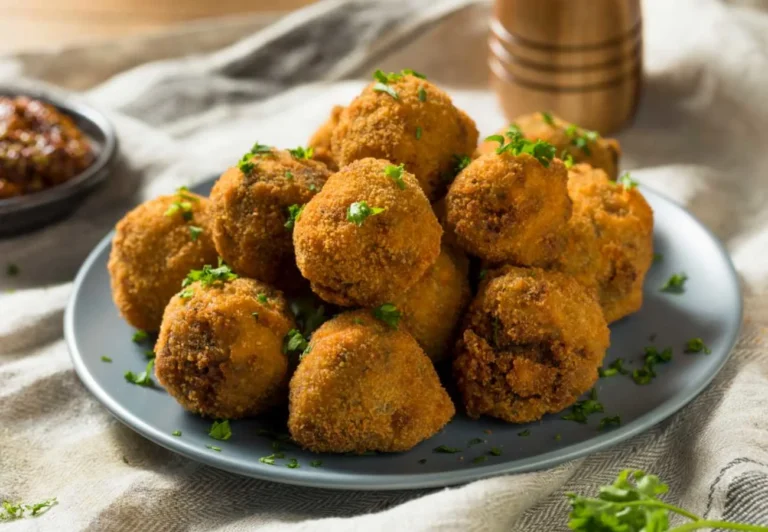Introduction to Dutch cuisine
Dutch cuisine is renowned for its hearty and comforting dishes that make use of locally sourced ingredients such as vegetables, dairy, and meat. The cuisine has been influenced by a variety of cultures over the years, including Spanish, French, and Indonesian cuisines. Dutch cuisine is known for its stews, soups, and potato dishes.
The role of spices and herbs
Spices and herbs are essential ingredients in Dutch cuisine, as they add flavor and depth to dishes. The Dutch use a variety of spices and herbs, many of which are sourced from their colonial past. The most commonly used spices and herbs in Dutch cooking include nutmeg, thyme, cloves, and bay leaves.
Nutmeg: sweet and spicy
Nutmeg is a sweet and spicy spice that is widely used in Dutch cuisine. It is used in dishes such as stews, soups, and potato dishes. Nutmeg is also commonly used in sweets such as speculaas (spiced cookies) and gevulde speculaas (filled spiced cookies). It is often grated fresh and used sparingly, as it has a strong flavor.
Thyme: a Dutch kitchen staple
Thyme is a staple herb in the Dutch kitchen. It is used in a variety of dishes, including stews, soups, and casseroles. Thyme has a strong flavor and aroma and is often used in combination with other herbs such as rosemary and bay leaves. It is also used to flavor meats and vegetables.
Cloves: a versatile spice
Cloves are a versatile spice that is commonly used in Dutch cuisine. They have a strong, sweet flavor and are used in dishes such as stews, soups, and desserts. Cloves are also used to flavor meats such as ham and beef. They are often combined with other spices such as nutmeg and cinnamon to create warming and comforting flavors.
Bay leaves: adding depth to stews and soups
Bay leaves are a common ingredient in Dutch stews and soups. They add depth and complexity to dishes and are often used in combination with thyme and other herbs. Bay leaves have a slightly bitter taste and a strong aroma. They are often used in slow-cooked dishes, as their flavor becomes more pronounced over time.
In conclusion, the use of spices and herbs is an integral part of Dutch cuisine, adding flavor and depth to dishes. Nutmeg, thyme, cloves, and bay leaves are just a few of the many spices and herbs used in Dutch cooking. The combination of these ingredients creates a unique and comforting flavor profile that is beloved by many.

